00:00 Intro.
00:20 José Delgado’s beginnings with BCIs.
00:42 Use of BCI to reduce aggression.
00:57 How the brain and nerve cells work.
03:00 Stimulation of brain areas (motor cortex)
03:51 How Utah arrays works!
05:16 Measurement of voltage peaks (spikes)
06:06 How the Neuralink N1 works!
08:20 How the Stentrode by Synchron works!
09:40 The future of exoskeletons.
09:53 Are we becoming machines ourselves?
Category: computing – Page 132
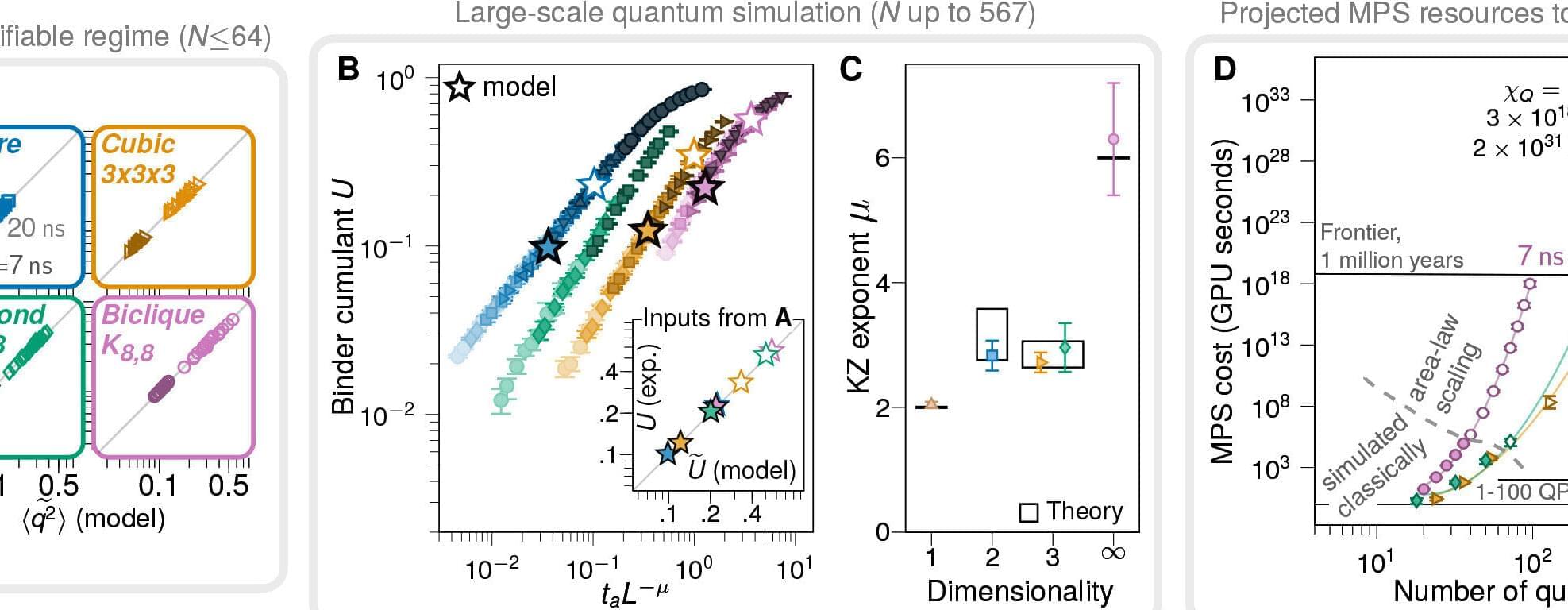
D-Wave claims its quantum computers can solve a problem of scientific relevance much faster than classical methods
A team of quantum computer researchers at quantum computer maker D-Wave, working with an international team of physicists and engineers, is claiming that its latest quantum processor has been used to run a quantum simulation faster than could be done with a classical computer.
In their paper published in the journal Science, the group describes how they ran a quantum version of a mathematical approximation regarding how matter behaves when it changes states, such as from a gas to a liquid—in a way that they claim would be nearly impossible to conduct on a traditional computer.
Over the past several years, D-Wave has been working on developing quantum annealers, which are a subtype of quantum computer created to solve very specific types of problems. Notably, landmark claims made by researchers at the company have at times been met with skepticism by others in the field.
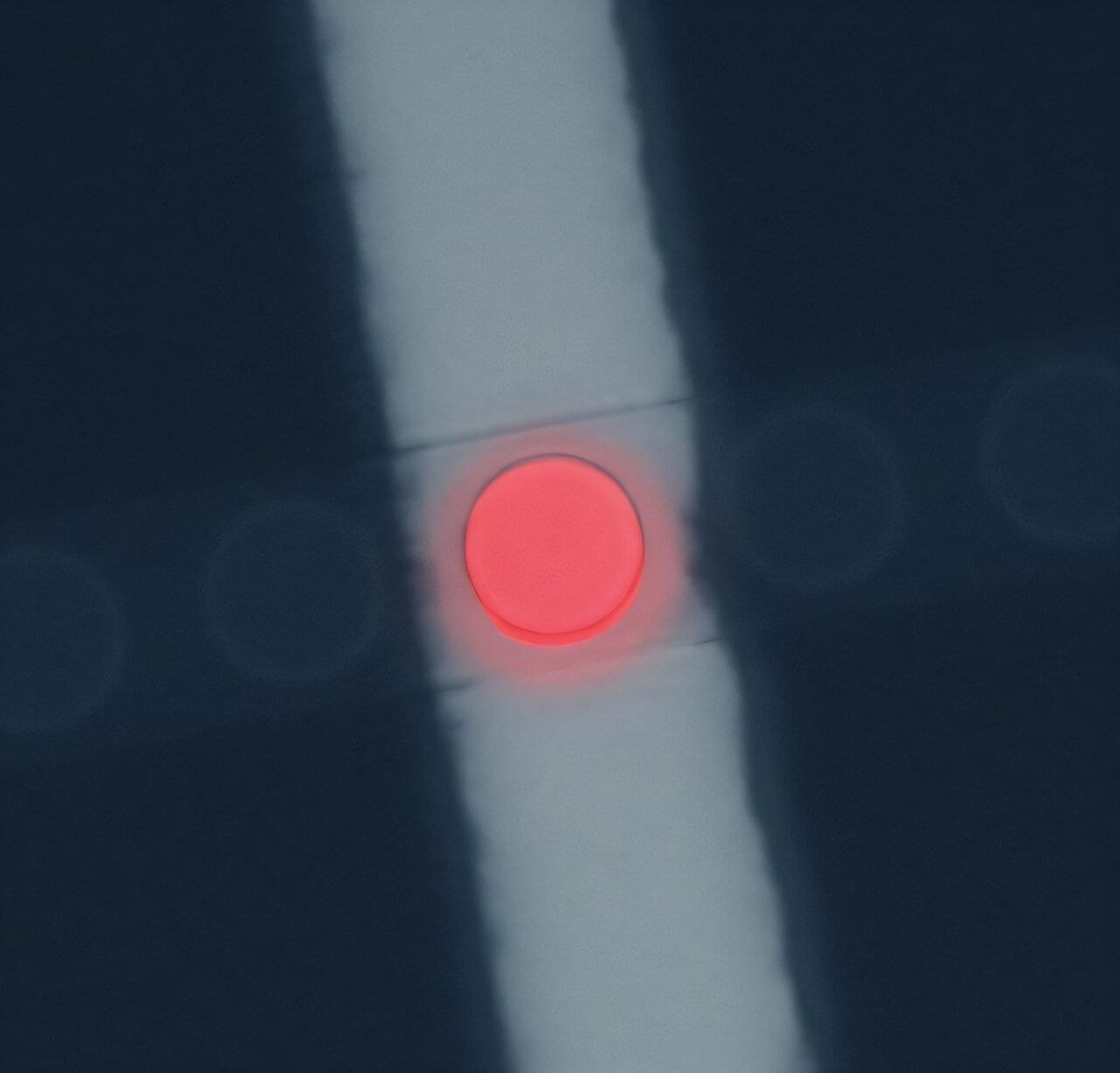
Boosting the response speed of quantum LEDs via an excitation memory effect
Light-emitting diodes (LEDs) are widely used electroluminescent devices that emit light in response to an applied electric voltage. These devices are central components of various electronic and optoelectronic technologies, including displays, sensors and communication systems.
Over the past decades, some engineers have been developing alternative LEDs known as quantum LEDs (QLEDs), which utilize quantum dots (i.e., nm-size semiconducting particles) as light-emitting components instead of conventional semiconductors. Compared to traditional LEDs, these quantum dot-based devices could achieve better energy-efficiencies and operational stabilities.
Despite their potential, most QLEDs developed so far have been found to have significantly slower response speeds than typical LEDs using inorganic III-V semiconductors. In other words, they are known to take a longer time to emit light in response to an applied electrical voltage.

A New Type of Time Crystal
Time crystals realized in the so-called quasiperiodic regime hold promise for future applications in quantum computing and sensing.
In ordinary crystals, atoms or molecules form a repeating pattern in space. By extension, in quantum systems known as time crystals, particles form a repeating pattern in both space and time. These exotic systems were predicted in 2012 and first demonstrated in 2016 (see Viewpoint: How to Create a Time Crystal). Now Chong Zu at Washington University in St. Louis and his colleagues have experimentally realized a new form of time crystal called a discrete-time quasicrystal [1]. The team suggests that such states could be useful for high-precision sensing and advanced signal processing.
Conventional time crystals are created by subjecting a collection of particles to an external driving force that is periodic in time. Zu and his colleagues instead selected a quasiperiodic drive in the form of a structured but nonrepeating sequence of microwave pulses. The researchers applied this quasiperiodic drive to an ensemble of strongly interacting spins associated with structural defects, known as nitrogen-vacancy centers, in diamond. They then tracked the resulting dynamics of these spins using a laser microscope.
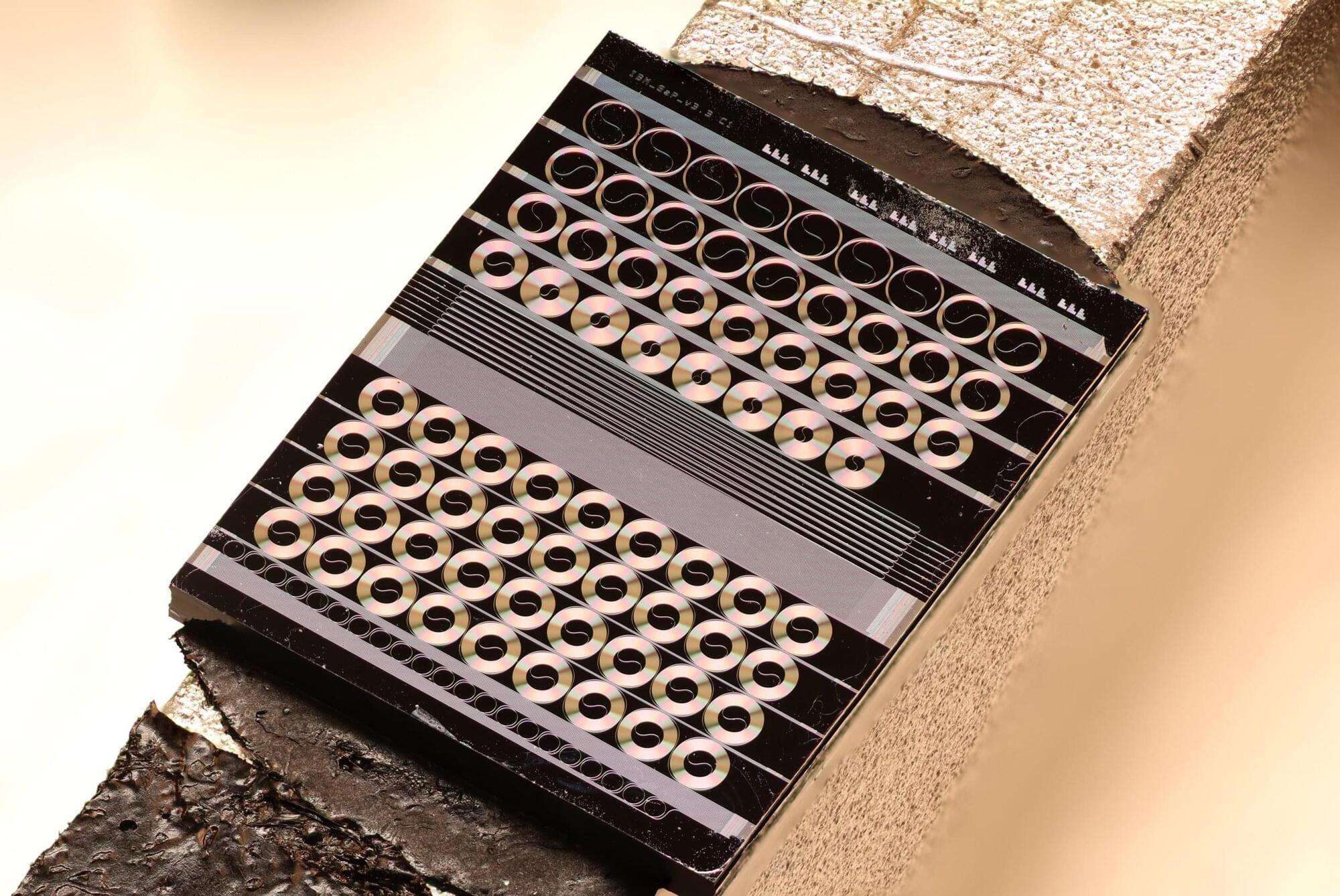
Photonic Chip Unlocks Ultra-Broadband Optical Signal Boosting
A new optical amplifier is changing the game. Unlike conventional amplifiers, this chip-based breakthrough leverages optical nonlinearity rather than rare-earth elements, allowing signals to strengthen themselves. The result? A compact, high-performance device with a bandwidth three times wider than traditional solutions.
Expanding the Limits of Optical Amplification
Modern communication networks rely on optical signals to transmit massive amounts of data. However, like weak radio signals, these optical signals need amplification to travel long distances without degrading. For decades, erbium-doped fiber amplifiers (EDFAs) have been the standard solution, extending transmission range without requiring frequent signal regeneration. Despite their effectiveness, EDFAs operate within a limited spectral range, restricting the growth of optical networks.
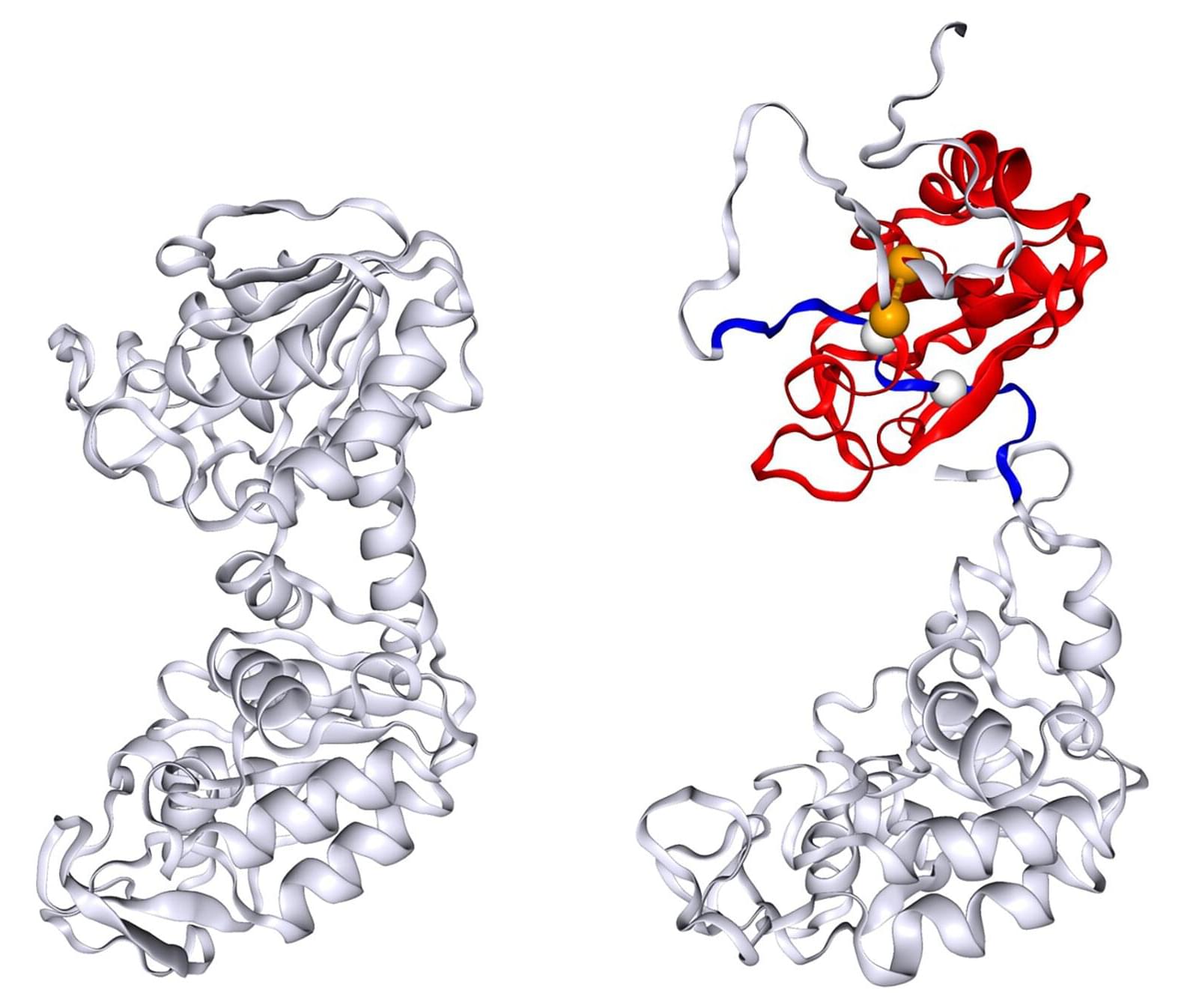
Protein accidentally lassos itself, helping to explain unusual refolding behavior
Proteins are long molecules that must fold into complex three-dimensional structures to perform their cellular functions. This folding process occasionally goes awry, resulting in misfolded proteins that, if not corrected, can potentially lead to disease. Now, a new study has described a potential mechanism that could help explain why some proteins refold in a different pattern than expected.
The researchers, led by chemists at Penn State, found that a type of misfolding, in which the proteins incorrectly intertwine their segments, can occur and create a barrier to the normal folding process. Correcting this misfold requires high-energy or extensive unfolding, which slows the folding process, leading to the unexpected pattern first observed in the 1990s.
“Misfolded proteins can malfunction and lead to disease,” said Ed O’Brien, professor of chemistry in the Eberly College of Science, a co-hire of the Institute for Computational and Data Sciences at Penn State, and leader of the research team. “So, understanding the mechanisms involved in the folding process can potentially help researchers prevent or develop treatments for diseases caused by misfolding.”

Quantum-inspired storage can store 100s of terabytes of data on a tiny crystal — with plans to make them into much larger discs
Scientists have devised a way to store and read data from individual atoms embedded in tiny crystals only a few millimeters in size (where 1 mm is 0.04 inches). If scaled up, it could one day lead to ultra-high density storage systems capable of holding petabytes of data on a single disc — where 1 PB is equivalent to approximately 5,000 4K movies.
Encoding data as 1s and 0s is as old as the entire history of computing, with the only difference being the medium used to store this data — moving from vacuum tubes flashing on and off, tiny electronic transistors, or even compact discs (CDs), with pits in the surface representing 1s and smoothness indicating 0.
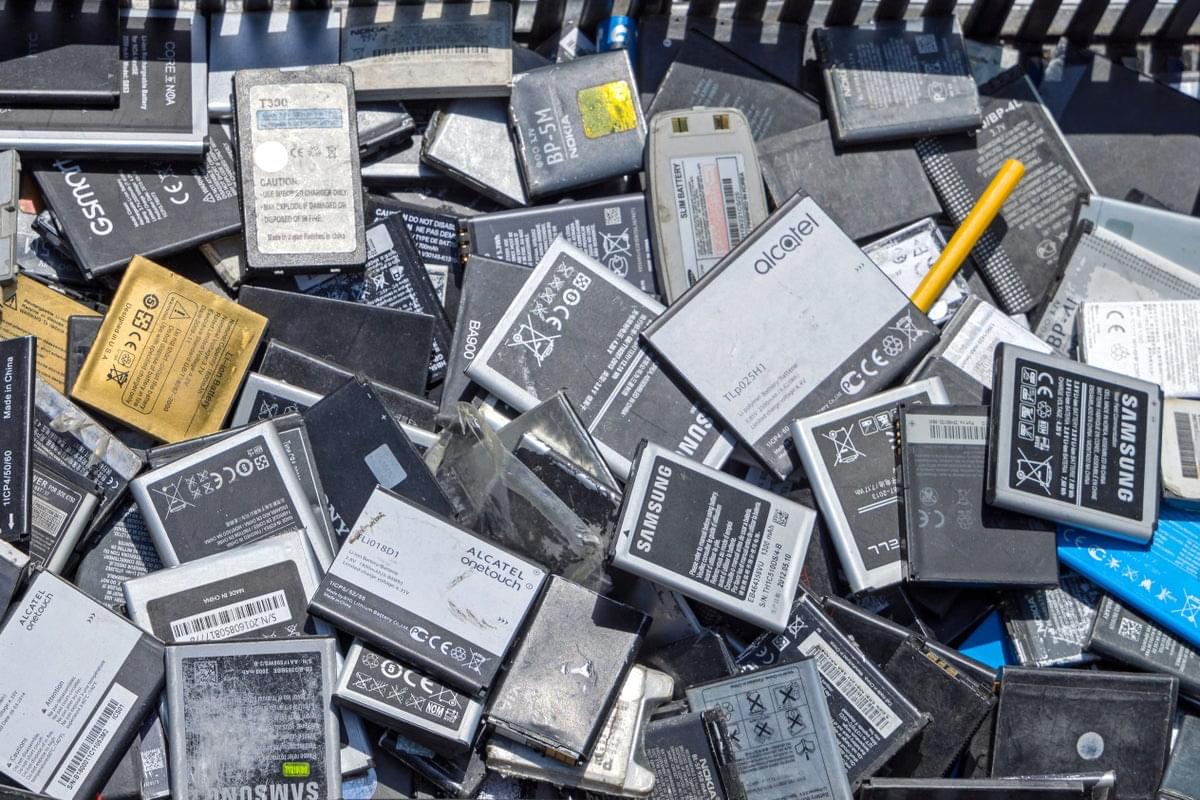
Battery breakthrough as 99.99% of lithium extracted from old cells
Battery waste has become an increasing problem in recent years due to the massive demand for consumer electronics like smartphones and laptops, as well as the electrification of the automotive industry.
A recent report from Stanford University in the US, published in the journal Nature Communications, found that recycling lithium-ion batteries is far more environmentally friendly than mining for new materials.
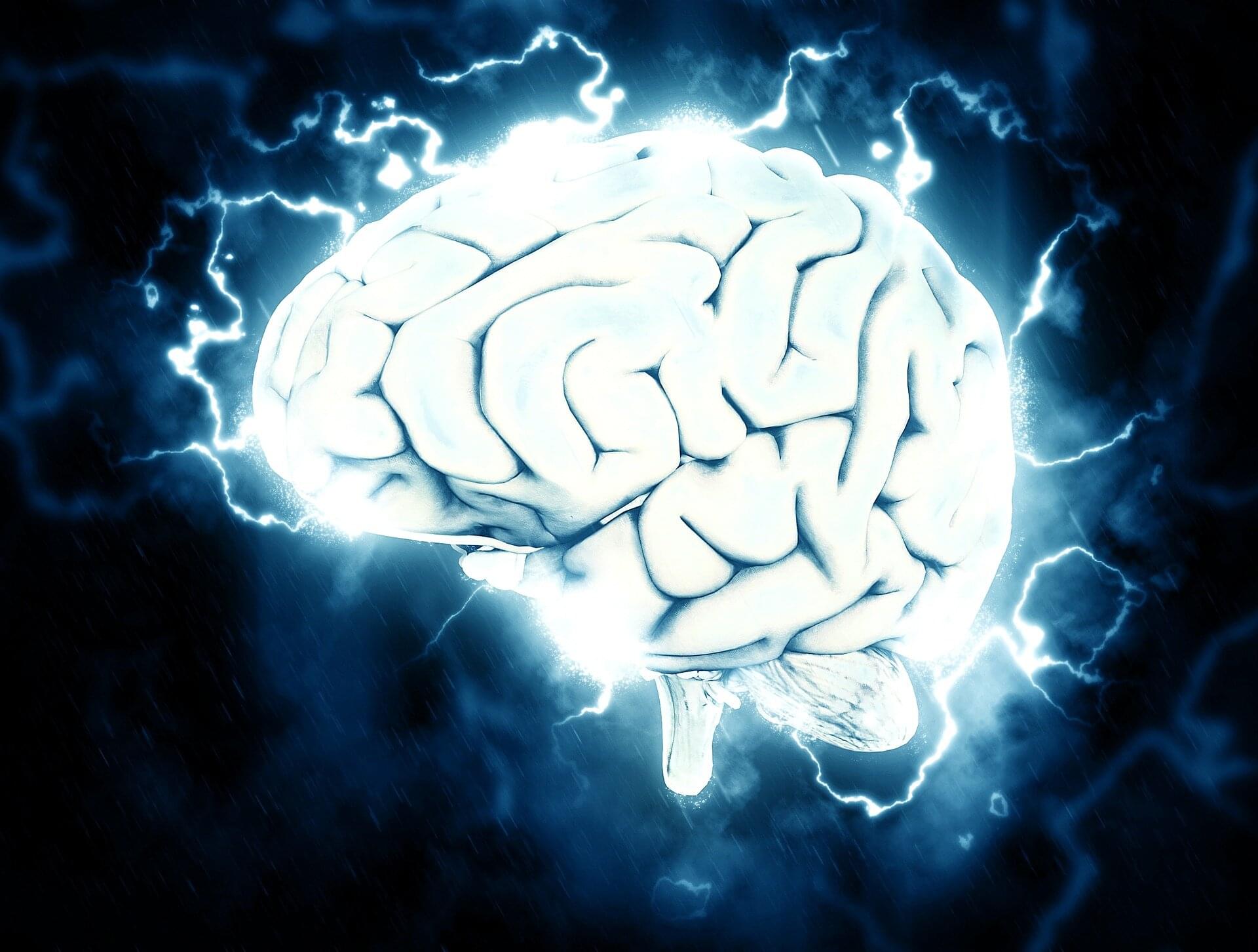
Model uses quantum mechanics to show how the brain makes decisions more quickly than computers in risky situations
In research inspired by the principles of quantum mechanics, researchers from Pompeu Fabra University (UPF) and the University of Oxford reveal new findings to understand why the human brain is able to make decisions quicker than the world’s most powerful computer in the face of a critical risk situation. The human brain has this capacity despite the fact that neurons are much slower at transmitting information than microchips, which raises numerous unknown factors in the field of neuroscience.
The research is published in the journal Physical Review E.
It should be borne in mind that in many other circumstances, the human brain is not quicker than technological devices. For example, a computer or calculator can resolve mathematical operations far faster than a person. So, why is it that in critical situations—for example, when having to make an urgent decision at the wheel of a car—the human brain can surpass machines?
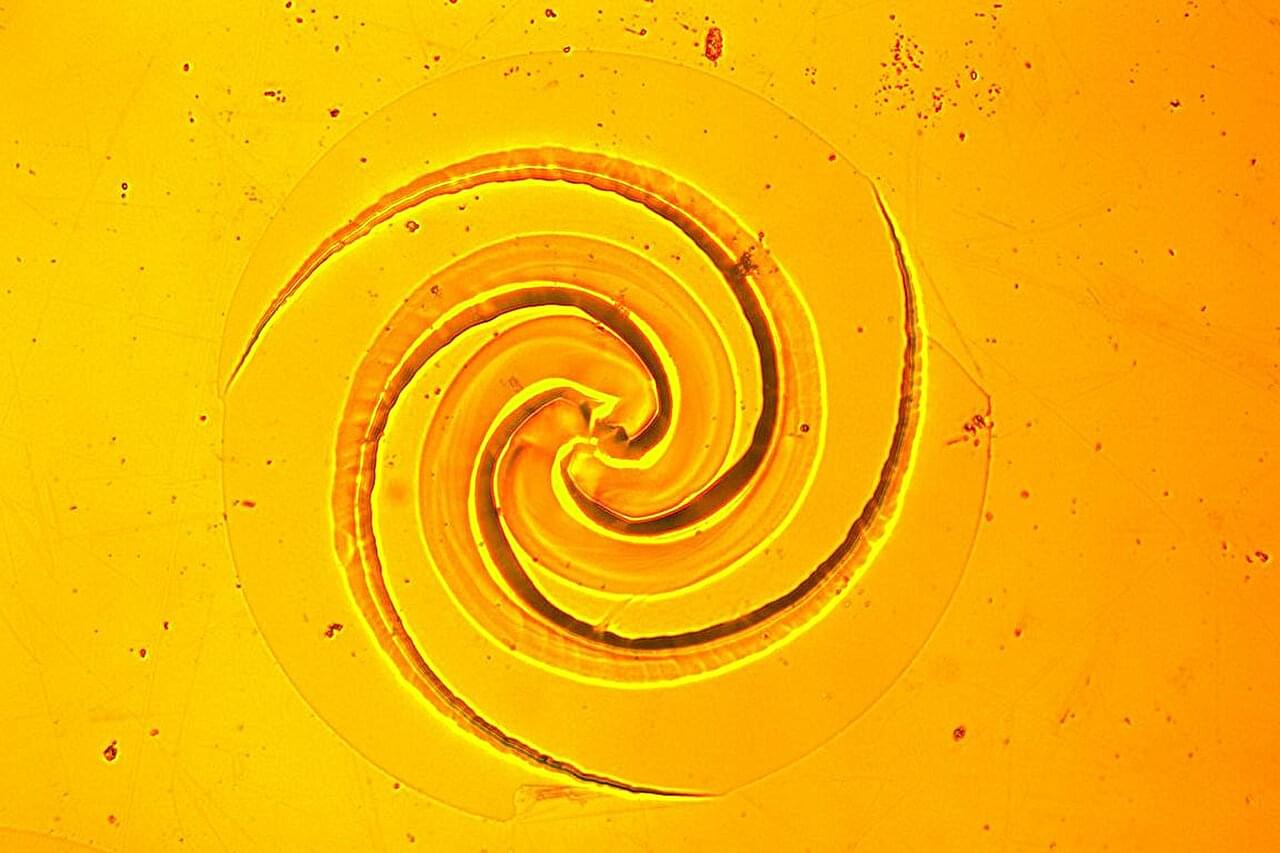
Serendipitous discovery reveals how stress and chemistry etch mysterious spiral patterns
UCLA doctoral student Yilin Wong noticed that some tiny dots had appeared on one of her samples, which had been accidentally left out overnight. The layered sample consisted of a germanium wafer topped with evaporated metal films in contact with a drop of water. On a whim, she looked at the dots under a microscope and couldn’t believe her eyes. Beautiful spiral patterns had been etched into the germanium surface by a chemical reaction.
Wong’s curiosity led her on a journey to discover what no one had seen before: Hundreds of near-identical spiral patterns can spontaneously form on a centimeter square germanium chip. Moreover, small changes in experiment parameters, such as the thickness of the metal film, generated different patterns, including Archimedean spirals, logarithmic spirals, lotus flower shapes, radially symmetric patterns and more.
The discovery, published in Physical Review Materials, occurred fortuitously when Wong made a small mistake while attempting to bind DNA to the metal film.